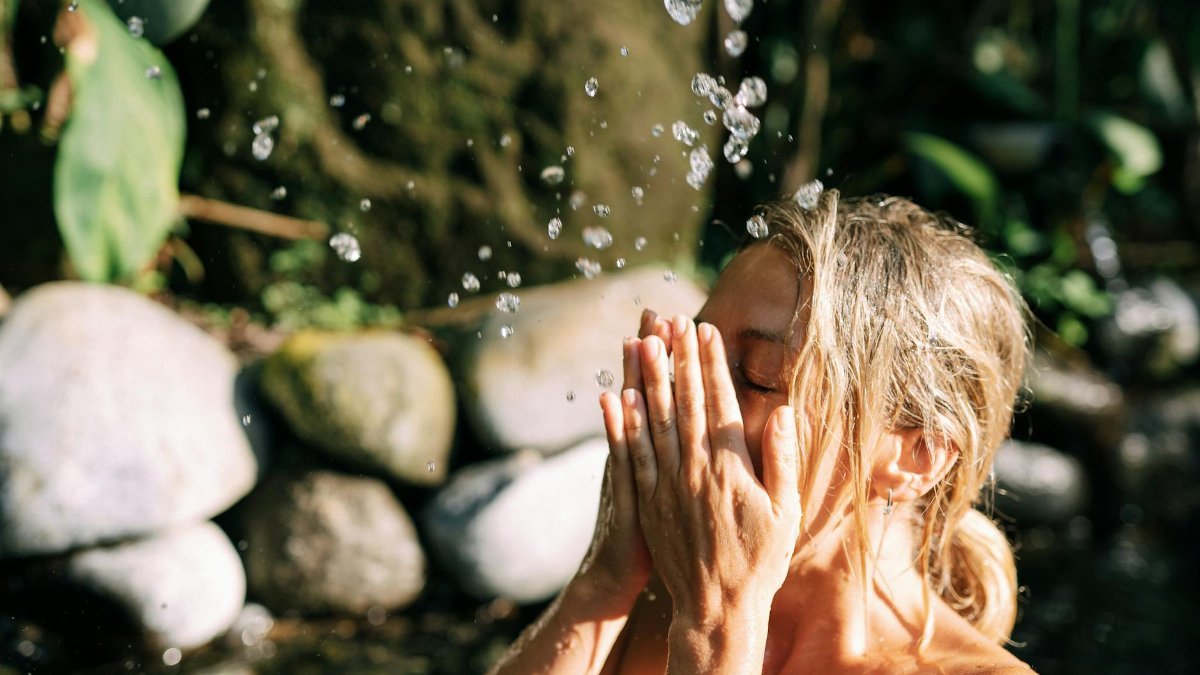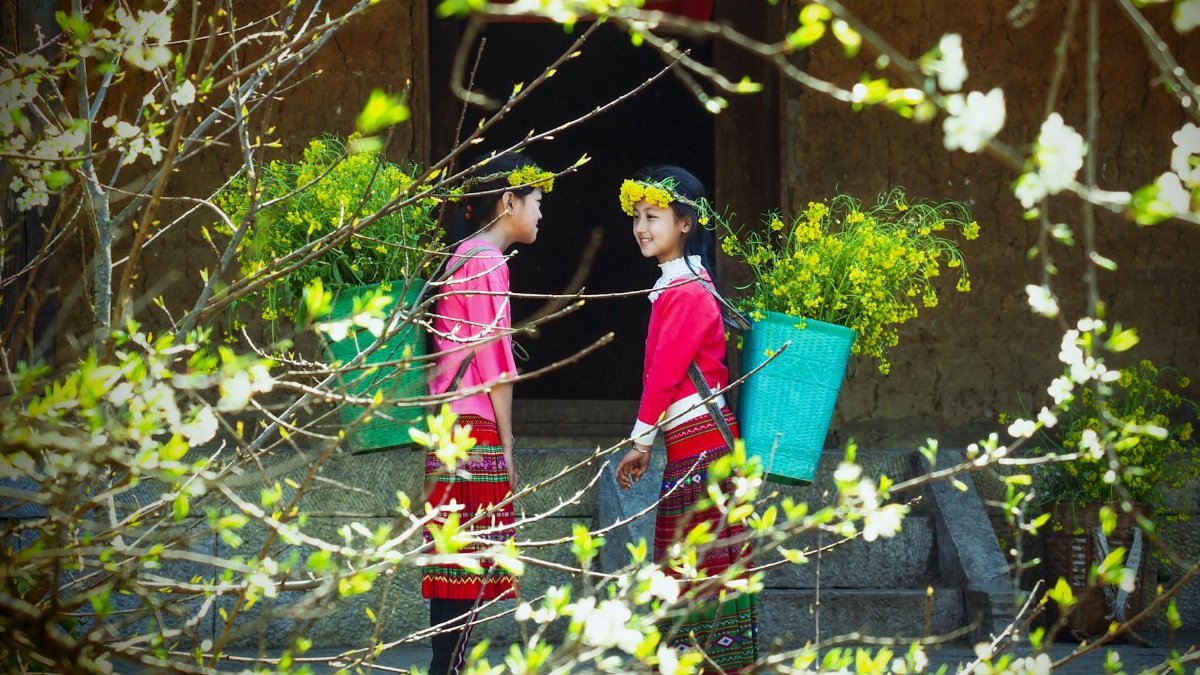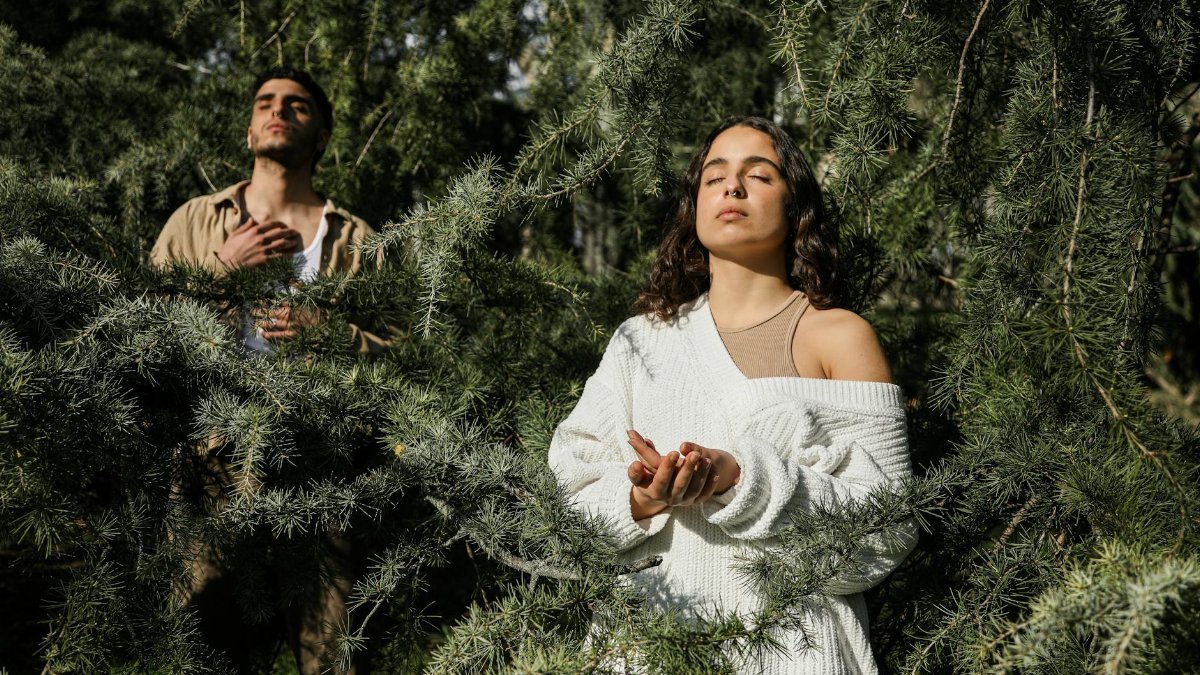Is forest bathing meditation really the wellness trend everyone claims it is? This Japanese-inspired practice, known as “shinrin-yoku,” combines nature immersion with mindful awareness, promising stress relief and mental clarity. As Americans grapple with rising anxiety in 2025, more are turning to this low-cost, accessible ritual to reconnect with the earth. Backed by science, it’s not just a walk in the woods—it’s a deliberate act of presence. Here’s why forest bathing meditation is gaining traction and how it’s reshaping spiritual and mental health practices across the U.S.
What Is Forest Bathing Meditation?

At its core, forest bathing meditation is the practice of immersing oneself in nature with intentional mindfulness. Originating in Japan in the 1980s, shinrin-yoku translates to “forest bathing” and emphasizes sensory engagement—listening to rustling leaves, feeling the bark of a tree, or inhaling the scent of pine. Unlike a casual hike, it’s about slowing down and being fully present. Studies link it to reduced cortisol levels and improved mood, making it a powerful tool for mental health.
The Science Behind the Calm

Research backs the hype. A 2019 study published in Scientific Reports found that just 20 minutes of forest bathing significantly lowers stress hormones. Another review by the National Institutes of Health highlights benefits like boosted immune function from phytoncides—natural compounds emitted by trees. These findings explain why doctors in some countries even prescribe nature exposure as therapy. For Americans, it’s a science-driven antidote to urban burnout.
Why It’s Surging in the U.S.

In 2025, mental health challenges continue to dominate headlines, with the CDC reporting record-high anxiety rates. Forest bathing meditation offers a reprieve that doesn’t require a therapist’s office or a hefty bill. Urban dwellers from New York to Los Angeles are flocking to local parks and national forests, seeking solace in green spaces. Social media amplifies the trend—hashtags like #ForestBathing rack up millions of views as influencers share serene woodland clips. It’s becoming a cultural reset.
How to Practice It Effectively

Getting started is simple, but intention matters. Find a quiet natural area—think local park or nearby woods. Leave your phone behind or on silent. Walk slowly, focusing on each step, your breath, and the surrounding sounds. Touch a tree, notice its texture, or sit and observe without agenda. Experts suggest 20-30 minutes for noticeable effects, though even 10 minutes can shift your mindset. The key is presence, not distance covered.
Overcoming Common Barriers

Not everyone has a forest nearby, and that’s a real hurdle. Urbanites can adapt by seeking out city parks or even botanical gardens—any green space works. Time constraints are another issue; if you’re strapped, a quick lunchtime escape can still help. Weather can deter, but light rain or cold adds a sensory layer if you’re dressed for it. The practice isn’t about perfection—it’s about showing up, even imperfectly, to connect with nature.
Spiritual Depth in Every Step

For many, forest bathing meditation transcends physical benefits, tapping into something sacred. It’s often described as a moving prayer, where each mindful step grounds you in the moment. Practitioners report feeling a deeper bond with the earth, akin to ancient rituals of honoring the land. In a fast-paced, tech-driven world, this practice reminds us of our roots—literally and figuratively. It’s a quiet rebellion against digital overload, offering spiritual nourishment without dogma.
Community and Connection

While often solitary, forest bathing meditation is also fostering community. Group sessions led by certified guides are popping up in cities like Portland and Asheville, where participants share silence and reflections post-walk. These gatherings build a sense of collective healing, especially post-pandemic. Some workplaces are even incorporating guided nature walks into wellness programs, recognizing the boost to employee focus and morale. It’s not just personal—it’s becoming a shared movement.
Potential Risks to Watch

It’s not all serenity. Venturing into unfamiliar natural areas can pose risks like getting lost or encountering wildlife. Always tell someone your plans and stick to marked trails if you’re new to an area. Allergies or physical limitations can also complicate things—know your body’s needs. And while it’s therapeutic, it’s not a substitute for professional mental health care if you’re struggling with severe issues. Balance is key.
Disclaimer
The content on this post is for informational purposes only. It is not intended as a substitute for professional health or financial advice. Always seek the guidance of a qualified professional with any questions you may have regarding your health or finances. All information is provided by FulfilledHumans.com (a brand of EgoEase LLC) and is not guaranteed to be complete, accurate, or reliable.
